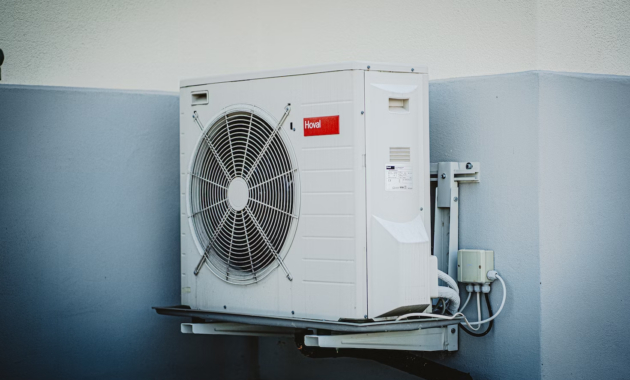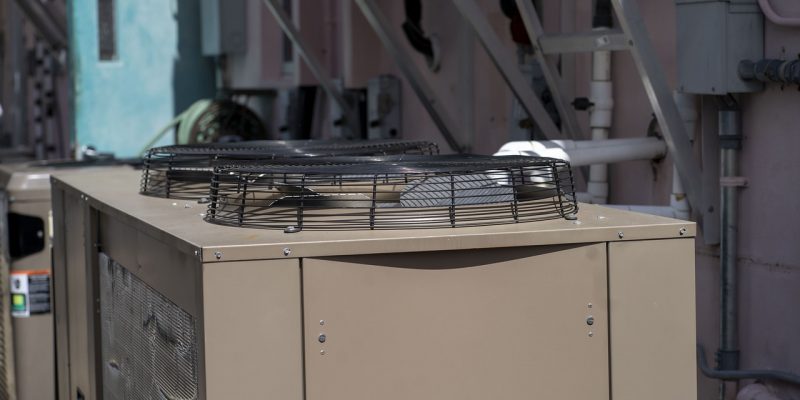Having a functioning heating and cooling system is essential to keep your family comfortable year-round. But when something goes wrong with your HVAC system, it can quickly turn from a minor inconvenience into a major emergency. Knowing how to identify and fix the most common HVAC problems at home can help you save time and money by avoiding expensive repair costs — not to mention the headache of an uncomfortable home!
In this blog post, we’ll lay out what exactly you should look for when identifying issues with your HVAC equipment as well as tips on how to troubleshoot these types of challenges at home. Read on for all the details!

Identify the Most Common HVAC Problems
As the temperature rises, a functioning AC unit is a necessity. Unfortunately, HVAC problems tend to occur during the hottest months when we need it most. The most common HVAC problems include refrigerant leaks, clogged air filters, malfunctioning thermostats, and lack of maintenance. According to the team at an HVAC repair service company in Jacksonville, if you’ve encountered any of these issues, it’s time to call a professional. While there are certain tasks you can complete on your own, like changing an air filter, most HVAC problems require the expertise of an experienced technician. A professional will be able to diagnose the issue on the spot and provide a solution to get your home back to a comfortable temperature in no time.
Understand the Basics of Home Ventilation
Have you ever wondered what’s happening behind the scenes in your home’s ventilation system? It may not be something that you think about often, but understanding the basics of home ventilation can help you keep your living space healthy and comfortable.
Essentially, home ventilation is the process of exchanging stale indoor air with fresh outdoor air, which aims to remove pollutants, control moisture levels, and maintain a comfortable temperature. There are different types of home ventilation systems, including exhaust-only, supply-only, balanced, and energy recovery, each with its own benefits and drawbacks. If you take the time to understand how ventilation works, you’ll be better equipped to ensure that your home has adequate airflow and quality indoor air.
Check for Clogged Air Filters
Clogged air filters can be a major cause of HVAC problems. When your filters are blocked with dust and debris, it reduces the flow of air to your system, causing it to work harder and leading to decreased efficiency and higher energy bills. To ensure maximum performance from your system, it’s important to replace your home’s air filters every three months or as needed.
To check if your air filters are clogged, simply remove the filter from the system and hold it up to a light source. If you can’t see any light through the filter, then it’s time for a replacement. Be sure to purchase quality air filters from a trusted manufacturer to maximize your system’s efficiency and performance.
Check for Poor Insulation or Leaks in Your Home
Have you ever noticed that your home feels drafty or excessively cold in the winter? It’s possible that poor insulation or leaks could be the culprit. Not only can this cause discomfort and higher energy bills, but it can also lead to more serious problems like mold growth or structural damage.
The best way to check for insulation issues is to use a thermal camera or infrared scanner. This tool will detect any cold spots in your home that can indicate air leakage and inadequate insulation. Once you have identified the drafty areas, you can take steps to insulate them properly and prevent further damage down the road.
Identify Thermostat Malfunctions
Thermostat malfunctions can cause substantial HVAC problems, ranging from inconsistent temperatures to a complete system shutdown. Common issues include faulty reading, non-responsive settings, or a device that doesn’t turn on at all.
To check if your thermostat is working properly, first verify whether the device has power — check for a blown fuse or dead batteries. If the power source isn’t the issue, you may need to test if the thermostat accurately reads the room temperature. Should you suspect a malfunction, consider getting your thermostat professionally inspected or replaced to ensure your HVAC system operates efficiently.

Understanding the common issues that can occur with your HVAC system and knowing how to identify them are important first steps in maintaining a comfortable, healthy home environment. Regular maintenance, such as changing air filters and checking for proper insulation, can prevent many of these problems. However, when issues do arise, it’s crucial to seek professional help from experienced technicians. By taking these measures, you can avoid unnecessary disruptions and ensure that your system operates efficiently year-round, providing a comfortable and safe living space for you and your family.




















